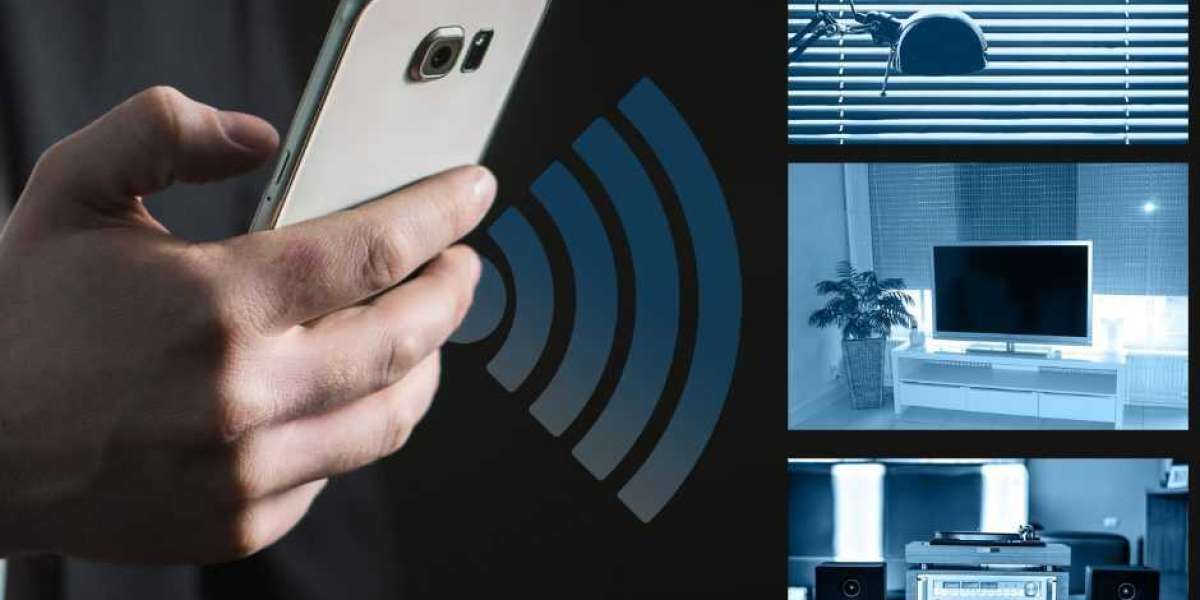A security and surveillance system is a combination of technologies and devices designed to monitor and protect an area, property, or people from potential threats, intrusions, or criminal activities. These systems typically include cameras, sensors, alarms, and monitoring equipment. Here are some key components and features of a security and surveillance system: 1. Security Cameras: Cameras are a fundamental part of a surveillance system. They capture video footage of the monitored area and can be placed indoors or outdoors. Common types of security cameras include fixed cameras, PTZ (pan-tilt-zoom) cameras, dome cameras, and bullet cameras. They can record continuously or be triggered by motion detection. 2. Video Management System (VMS): A VMS is software that manages and records the video feeds from multiple cameras. It allows users to view live and recorded footage, control camera settings, and manage storage and retrieval of video data. 3. Motion Sensors: Motion sensors detect movement in the monitored area and trigger an alarm or activate the cameras to start recording. They are useful for detecting unauthorized entry or suspicious activity. 4. Door and Window Sensors: These sensors are installed on doors and windows and trigger an alarm when they are opened or tampered with. They help protect against unauthorized entry. 5. Intrusion Detection Systems: Intrusion detection systems use a combination of sensors, such as motion detectors, door/window sensors, and glass break detectors, to detect and alert occupants or monitoring personnel about potential intrusions. 6. Access Control Systems: Access control systems regulate and monitor entry to a property or specific areas within it. They typically include features such as keycards, biometric readers (fingerprint or facial recognition), and intercom systems. 7. Alarm Systems: Alarm systems provide audible and/or visual alerts when a security breach or threat is detected. They can include sirens, strobe lights, or silent alarms that notify security personnel or monitoring centers. 8. Remote Monitoring: Many security systems allow remote monitoring, enabling users to access live video feeds and receive alerts on their smartphones or other devices. This feature provides real-time visibility and the ability to respond quickly to potential security events. 9. Integration with Other Systems: Security and surveillance systems can be integrated with other systems, such as fire alarms, environmental sensors, or building management systems. This integration enhances overall security and enables a more comprehensive approach to monitoring and protection. 10. Storage and Data Management: Surveillance systems generate a significant amount of video data. It's important to have sufficient storage capacity and an organized data management system to retain and retrieve video footage when needed. Security and surveillance systems play a crucial role in deterring and detecting security breaches, protecting assets, and ensuring the safety of people and properties. The specific components and features of a system can vary based on the requirements and scale of the installation. Consulting with a professional security provider can help determine the most suitable system for your specific needs. See Also- |
Procurar
popularne posty








